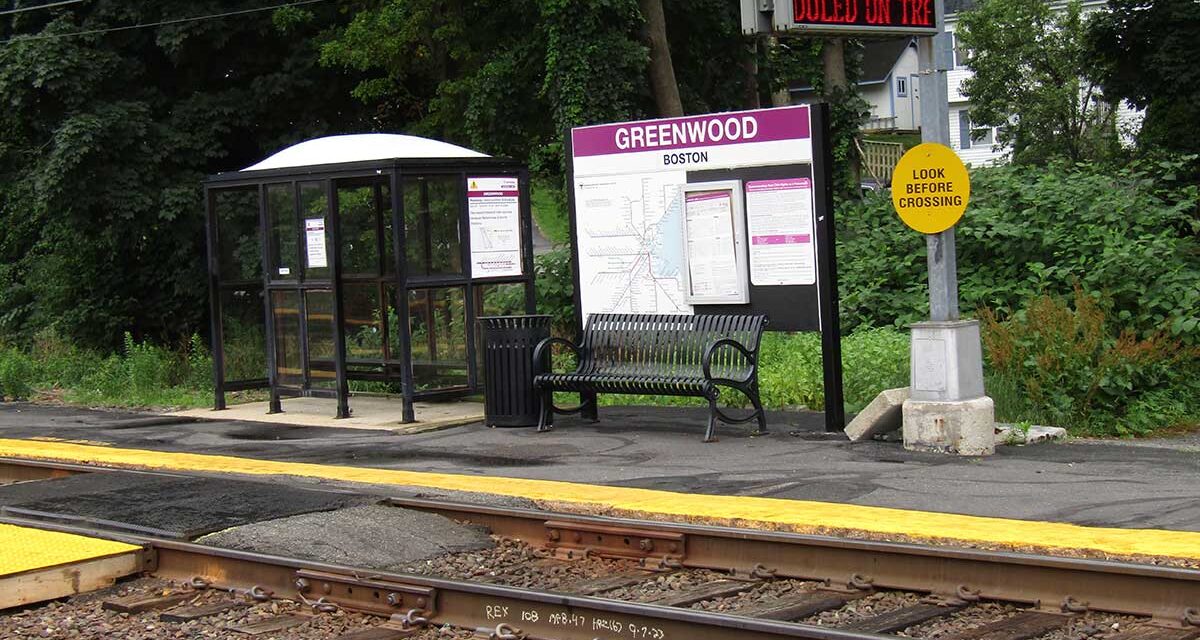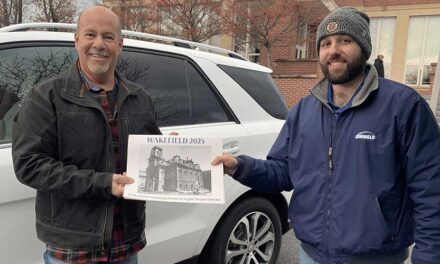By MARK SARDELLA
WAKEFIELD — A slim majority of local residents think the town should comply with a state mandate under Chapter 40A of the Massachusetts General Laws and create a by-right multifamily housing district near public transportation. That’s according to results of a survey conducted by the Town Council’s 40A Subcommittee, which has taken on the issue of complying with the state mandate under Section 3A of the statute.
The survey, which generated about 850 responses, was reviewed last week by Town Councilors Michael McLane, Edward Dombroski and Robert Vincent, who comprise the 40A subcommittee.
Just under 57 percent of respondents said they favored the town’s efforts to create a new compliance plan after Town Meeting rejected three separate plans last spring. The town has until Dec. 31, 2024 to come up with a compliance plan. Failure to do so could result in loss of state grant opportunities.
Ninety-eight percent of survey respondents said that they were aware of the penalties for non-compliance.
Dombroski pointed out that while 850 responses is good by survey standards, it’s a small number compared to the town’s population. He suggested that once the subcommittee has a firm plan to present, another survey might be in order.
Before asking Senior Town Planner Samantha Elliot to go over some of the areas of town that could be included in a new compliance map, subcommittee chairman Michael McLane cautioned that it was only the beginning of the process.
Elliot discussed a number of potential areas that could be included in a compliance model, noting that 50 percent of the district must be contiguous and near a commuter rail station. Twenty-five percent of the district does not have to be within half a mile of the train station.
Some of the areas discussed were Richardson, West Water and Albion streets; Main and Greenwood streets in Greenwood; North Avenue, Foundry Street and Audubon Road. Elliot talked about the number of potential units that each district could provide towards the compliance requirements.
It was noted that these districts meet the requirements and provide a foundation for the subcommittee’s discussions.
Dombroski observed that including Main Street in the downtown as a possible mixed-use component of the plan would tend to have less impact on the residential character of the town.
Town Administrator Stephen P. Maio said that he liked the idea of using Albion Street as a mixed-use district that could provide a contiguous link between the downtown and the area around the train station.
When the subcommittee opened the meeting to public comment, Scot McCauley of Walden Road asked how survey responses were verified. He expressed concern that a developer could have its employees fill out multiple surveys.
Dombroski maintained that the survey results reinforced the idea that the town should not go beyond minimum compliance in any plan that it creates. He noted that Town Meeting already rejected three different compliance plans.
Marcy McCauley of Walden Road said that the fact that Wakefield cannot take credit for the enormous number of housing units already created shows a bias against the town.
McLane said that the biggest problem with the previous compliance plans was the focus on residential neighborhoods. He said that the town could take advantage of Foundry Street, which, he noted, is going to be developed anyway.
Bronwyn Della-Volpe of Cyrus Street asked if the Town Council could appeal to state officials to see if there is some way that the town can get credit for housing that has already been built.
An answer to another question cleared up some longstanding confusion over how the town can get “pseudo-credit” for housing that has already been built.
Using Foundry Street as an example, Elliot and Maio explained that a portion of Foundry Street already has several housing complexes with a certain number of units. But under the state guidelines, many more units would be allowed than currently exist. By including that district, the town would get credit for the larger number, although it’s unlikely that those units would ever be built because the area is already developed.
Theo Noell of Fernwood Road asked how the subcommittee felt about transit-oriented development, adding that he thought it was a positive thing.
Dombroski said that transit-oriented development sounds good in theory, but in reality, Wakefield will continue to be a car-centric community. Public transit is not cheap and serves a limited area, he noted, especially the commuter rail. It might be different, he said, in a more urban area with more public transit options.
Julie Scott of Central Street agreed, noting that most people work in areas not served by the commuter rail.
Scott also asked the subcommittee to request that the town’s legislative delegation attend an upcoming meeting. She said that she has emailed the state legislators, but never gets a response.
Jay Millhouse said that he was generally supportive of complying with the state mandate. Still, he noted that, even as the town is being asked to create more transit-oriented development, the MBTA reduced the number of bus routes that go through Wakefield.
Scot McCauley pointed out that in communities that have voted to comply, the margin has been very slim. He noted that if the state had not changed the law to allow zoning changes to pass Town Meeting by a simple majority (instead of two-thirds), it wouldn’t have passed anywhere.
McCauley also questioned the idea that there is a housing crisis as claimed by the state, suggesting that the law in question was created for the benefit of big builders. He also noted that schools will be affected by adding dramatically more housing in town.
Julie Scott pointed out that Wakefield School Superintendent Doug Lyons has said that the reason Wakefield can’t be a a “school choice” community is because local schools are already at maximum capacity.
McLane noted that the subcommittee was trying find a compromise minimum district, adding that if Town Meeting rejects the new plan, that would be the end of it.
The subcommittee decided that it should meet one more time before scheduling a second public forum. The group will next meet on Thursday, Sept. 12 at 6 p.m.





